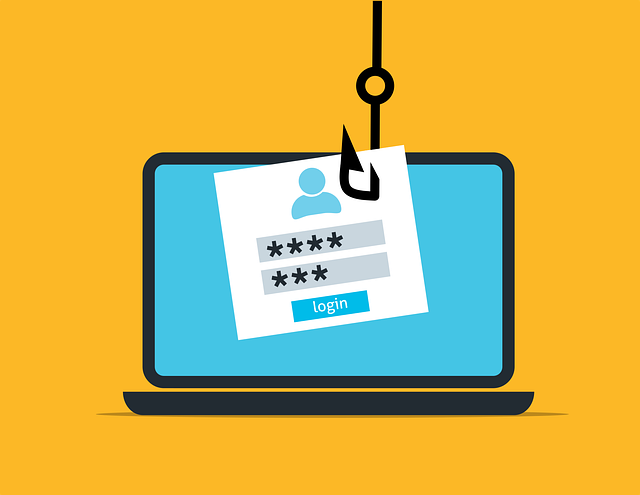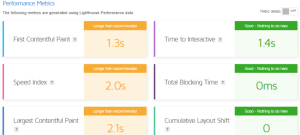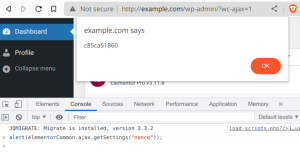Phishing remains a major problem for businesses. Cybercriminals often spoof the sender address of emails to impersonate a trustworthy organization. Phishing is a way that cybercriminals try to obtain people’s personal information. This is done through a message that appears to come from a trusted organization. People often provide their data through a fake website, which is then abused by criminals. The most well-known forms of phishing are CEO fraud and corona phishing. Phishing can occur in a variety of ways, including WhatsApp, social media, and SMS, but email phishing is the most common. With the old SMTP protocol, it is easy to spoof the sender address, something people often don’t notice. DKIM, DMARC, and SPF are effective ways to combat phishing because they verify the identity of the sender before delivering the email. Domain Key Identified Mail (DKIM), Sender Policy Framework (SPF), and Domain-Based Message Authentication, Reporting, and Compliance (DMARC) are three email authentication methods that can help protect against phishing and other types of spam. Here’s a quick overview of each method:
DKIM
DKIM: Met DKIM kan de ontvanger van een e-mail controleren of deze daadwerkelijk is verzonden door het domein waarvan deze beweert te zijn verzonden, en of deze niet is gewijzigd tijdens het transport. Het werkt door with digital handtekening to you through e-mailheaders. Wanneer de e-mail wordt ontvangen, kan de ontvangende server de handtekening gebruiken om de identiteit van de afzender te verifiëren en zich ervan te vergewissen dat de e-mail onderweg niet is gewijzigd. Click here for more information about DKIM.
SPF
SPF: SPF is a method of verifying the authenticity of the sender of an email message. It works by publishing a list of IP addresses that have been proposed to send email to a domain’s names. When an email is received, the receiving server can check the SPF record for the domain of the sender’s email address and see if the server that sent the email is on the list of banned IPs. If the server is not on the list, the email may be marked as spam or reported entirely. Click here for more information about SPF
DMARC
DMARC: DMARC is a security protocol that allows a domain owner to publish in its DNS records a policy specifying the mechanisms (e.g. SPF, DKIM) used to authenticate email messages sent from its domain. It also allows the domain owner to set a policy for how receiving mail servers should handle messages that fail authentication. For example, the policy may specify that such messages should be rejected or quarantined. Click here to learn more about DMARC Using these email authentication methods can help protect against phishing and other types of spam, but it’s important to note that they are not a complete solution. Hackers and spammers can still find ways to get around these measures, so it’s important to use other security measures as well, such as antivirus software and checking for suspicious links. It is also possible that some legitimate emails may be incorrectly marked as spam if the authentication methods are not configured properly.
Use Mail-Tester to check the delivery of your emails and improve your spam score
Mail-Tester is a website that can be used to check the delivery of emails. As a user, you send a message from your favorite newsletter/email software to a randomly generated email address that you receive each time you access the site. When you click the “Check your score” button, Mail-Tester will analyze the message, as well as your mail server, your sending IP, and so on. After this, the site will provide a detailed report of what is configured correctly and what is not. The test result will be available for 7 days with the free version of the site, or 30 days if you created an account and used your own prefix. If you send a new message to the same test address, your previous test will be immediately deleted and replaced by the new one. Mail-Tester can be used to test and improve the delivery of emails, by detecting issues that could cause messages to not be delivered correctly or to be marked as spam. This way you can ensure that your messages are delivered effectively to the recipients.




